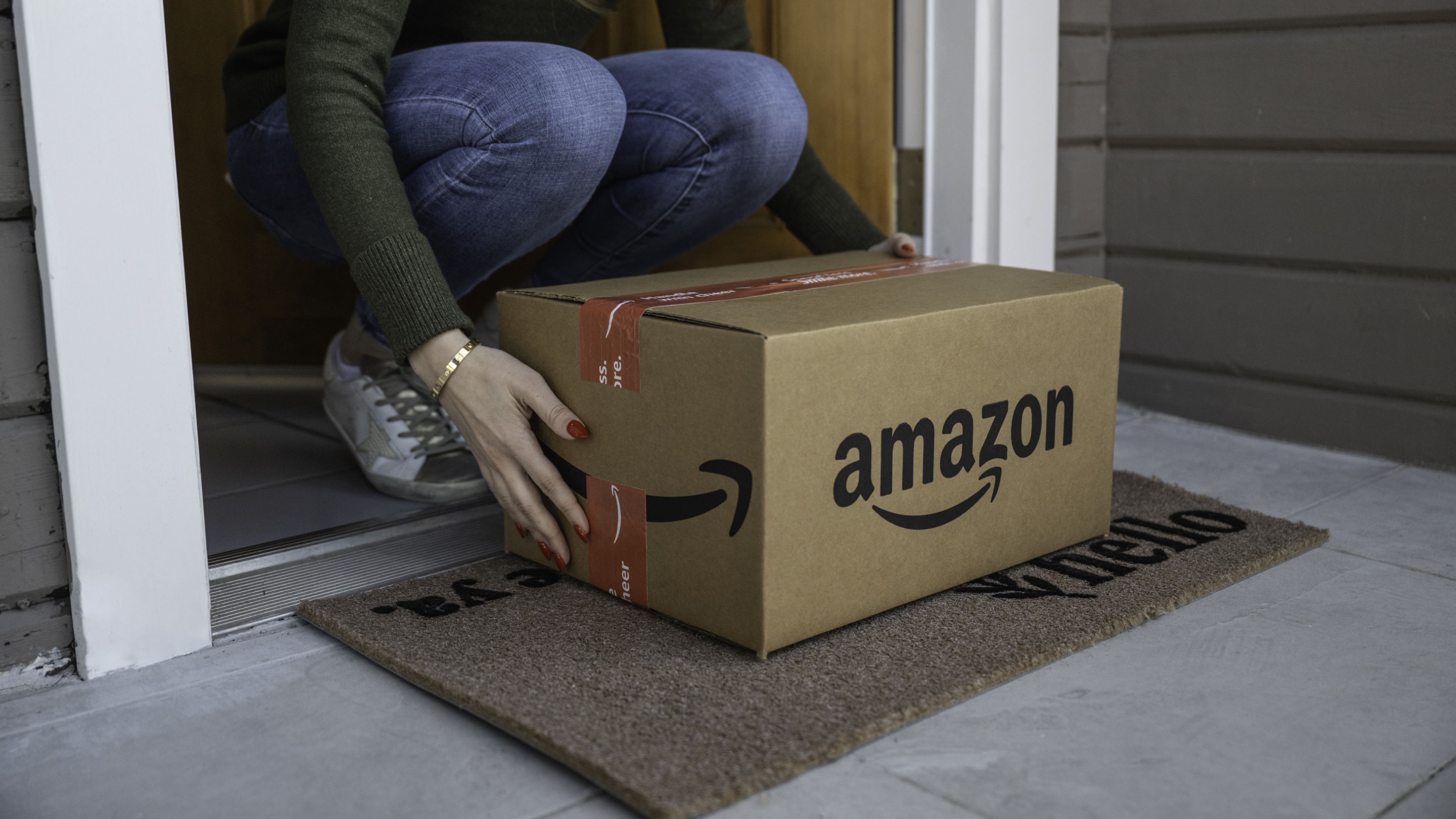The US consumer watchdog has published new details in a court filing alleging Amazon of using a series of illegal strategies to boost profits, including an algorithm that pushed up prices paid by US shoppers by more than $1 billion.
The Federal Trade Commission (FTC) initially filed its lawsuit in September, but many of the details were held back from public consumption until Thursday when a Seattle District Court unlocked a version with fewer redactions.
The FTC found that Amazon created a “secret algorithm internally code named 'Project Nessie' to identify specific products for which it predicts other online stores will follow Amazon's price increases,” adding that “Amazon used Project Nessie to extract more than a billion dollars directly from Americans' pocketbooks."
The complaint goes on to argue that Amazon began testing Nessie in 2010 to see whether other retailers tracked its prices and to raise prices for products that were likely to be tracked by competitors. It adds that Amazon would continue to sell the product at an inflated price after outside retailers began matching or increasing their own prices.
The FTC also noted that Nessie was switched off for high-profile shopping events – such as its annual Prime Day sale – but that “after the public's focus turned elsewhere, Amazon turned Project Nessie back on and ran it more widely to make up for the pause."
The suit details that in April 2018 alone, Amazon used Nessie to set prices for more than 8 million items that cost a collective $194 million.
Ultimately, the FTC summarises the algorithm as an “unfair method of competition” as it manipulates other online stores into raising prices and allowed Amazon to do the same – effectively accusing the retail giant of market manipulation.
It also accuses Amazon of purposely hiding information about operations from regulators by using the disappearing message feature on Signal, and that the company destroyed relevant communications from June 2019 through to early 2022.
A spokesperson for Amazon did not deny the existence of this algorithm, but argued that the FTC’s case "grossly mischaracterizes" the tool it stopped using several years ago. They said: "Nessie was used to try to stop our price matching from resulting in unusual outcomes where prices became so low that they were unsustainable.”
Latest News
-
Topshop launches dedicated EU website
-
Amazon to close first UK fulfilment centre, 590 roles affected
-
Walmart’s drone delivery service kicks off in Houston
-
Currys hires new head of customer data
-
Coca-Cola abandons Costa Coffee sale after bids fall short of £2bn target
-
Lidl appoints chief customer officer
Beyond Channels: Redefining retail with Unified Commerce
This Retail Systems fireside chat with Nikki Baird, Vice President, Strategy & Product at Aptos will explore how unified commerce strategies enable retailers to tear down these barriers and unlock new levels of operational agility and customer satisfaction.
The future of self-checkout: Building a system that works for consumers and retailers
In this webinar, industry leaders discussed what the future of self-checkout looks like and how retailers can make the technology work for everyone.
© 2024 Perspective Publishing Privacy & Cookies



.jpg)






Recent Stories